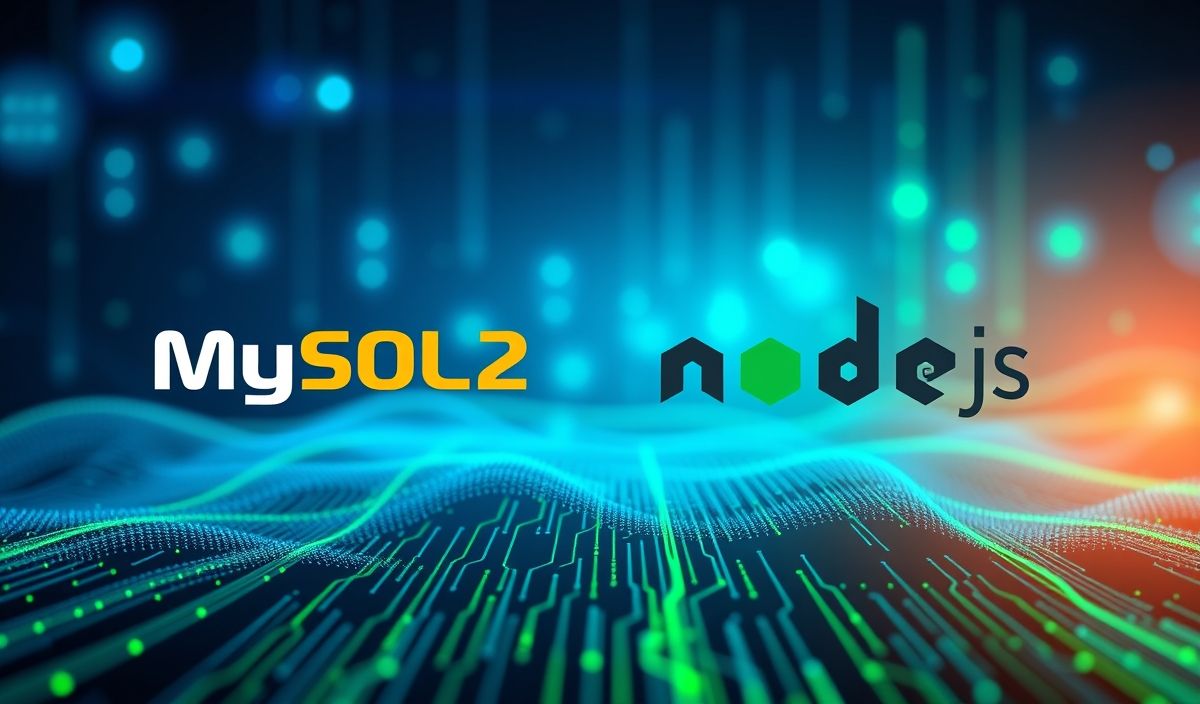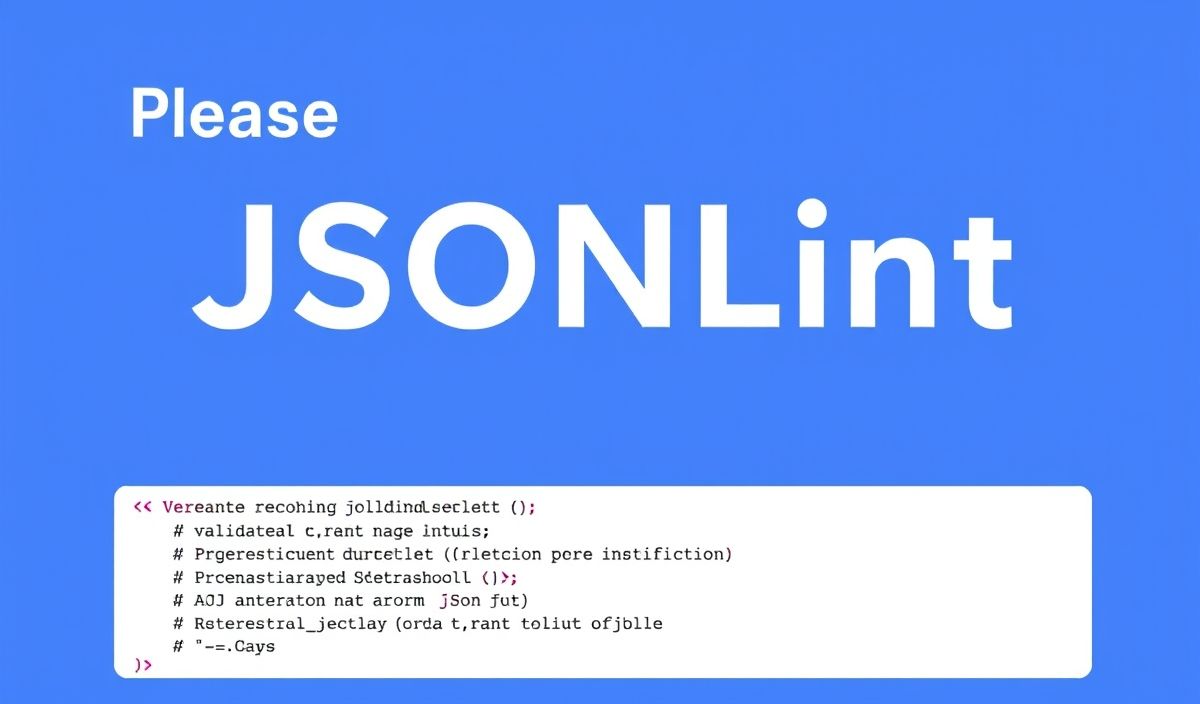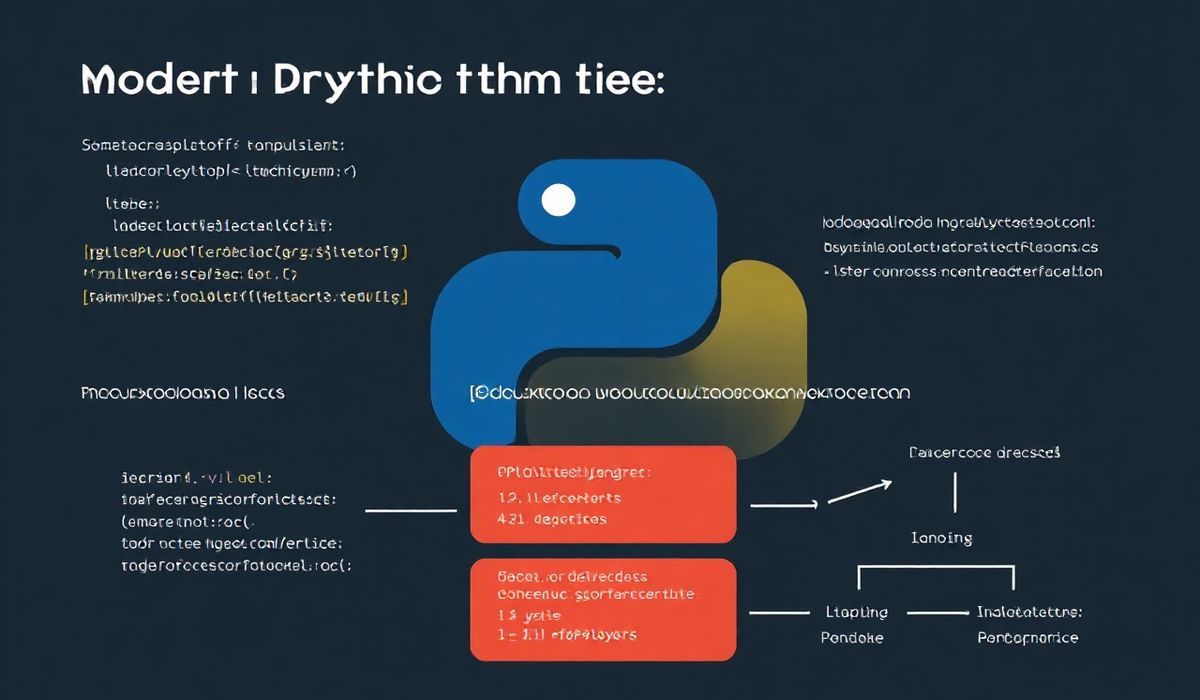Welcome to the Ultimate Guide of MySQL2
Are you in search of a powerful and flexible Node.js client for MySQL databases? Look no further than mysql2! It’s a trusted library that helps developers seamlessly interact with MySQL databases in a fluid and efficient manner. In this guide, we introduce mysql2 and dive into various APIs it offers, complete with useful examples and a full-fledged application. Let’s get started!
Getting Started with MySQL2
npm install mysql2Connecting to Your Database
First, you need to create a connection to your MySQL database.
const mysql = require('mysql2');
const connection = mysql.createConnection({
host: 'localhost',
user: 'root',
password: 'password',
database: 'test_db'
});
connection.connect((err) => {
if (err) throw err;
console.log('Connected to the database!');
});
Using Promises for Async Operations
You can use promises to perform asynchronous operations with mysql2.
const mysql = require('mysql2/promise');
async function main() {
const connection = await mysql.createConnection({host: 'localhost', user: 'root', database: 'test_db'});
const [rows, fields] = await connection.execute('SELECT * FROM `users` WHERE `age` > ?', [30]);
console.log(rows);
await connection.end();
}
main();
Querying the Database
Here’s how you can query the database:
connection.query('SELECT * FROM users', (err, results, fields) => {
if (err) throw err;
console.log(results); // results contains rows returned by server
});
Prepared Statements
Use prepared statements to prevent SQL injection:
connection.execute(
'SELECT * FROM `users` WHERE `name` = ? AND `age` > ?',
['Jane', 30],
(err, results, fields) => {
if (err) throw err;
console.log(results);
}
);
Inserting Data into the Database
Here’s an example of how to insert data:
const user = {name: 'John', age: 25};
connection.query('INSERT INTO users SET ?', user, (err, results, fields) => {
if (err) throw err;
console.log(results);
});
Updating Data in the Database
Updating data is simple:
connection.query(
'UPDATE users SET age = ? WHERE name = ?',
[26, 'John'],
(err, results, fields) => {
if (err) throw err;
console.log(results);
}
);
Deleting Data from the Database
Here’s how you can delete data:
connection.query(
'DELETE FROM users WHERE name = ?',
['John'],
(err, results, fields) => {
if (err) throw err;
console.log(results);
}
);
A Complete Node.js App Example Using mysql2
Here’s a full example of a Node.js application that uses mysql2 to perform CRUD operations:
const express = require('express');
const mysql = require('mysql2/promise');
const app = express();
const connectionPromise = mysql.createConnection({
host: 'localhost',
user: 'root',
database: 'test_db'
});
app.use(express.json());
app.get('/users', async (req, res) => {
const connection = await connectionPromise;
const [rows] = await connection.query('SELECT * FROM users');
res.json(rows);
});
app.post('/users', async (req, res) => {
const connection = await connectionPromise;
const [result] = await connection.execute('INSERT INTO users (name, age) VALUES (?, ?)', [req.body.name, req.body.age]);
res.json({ id: result.insertId });
});
app.put('/users/:id', async (req, res) => {
const connection = await connectionPromise;
await connection.execute('UPDATE users SET name = ?, age = ? WHERE id = ?', [req.body.name, req.body.age, req.params.id]);
res.send('User updated');
});
app.delete('/users/:id', async (req, res) => {
const connection = await connectionPromise;
await connection.execute('DELETE FROM users WHERE id = ?', [req.params.id]);
res.send('User deleted');
});
app.listen(3000, () => {
console.log('Server is running on port 3000');
});
With this knowledge, you should be equipped to leverage mysql2 for various database operations in your Node.js applications efficiently.




